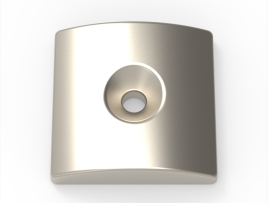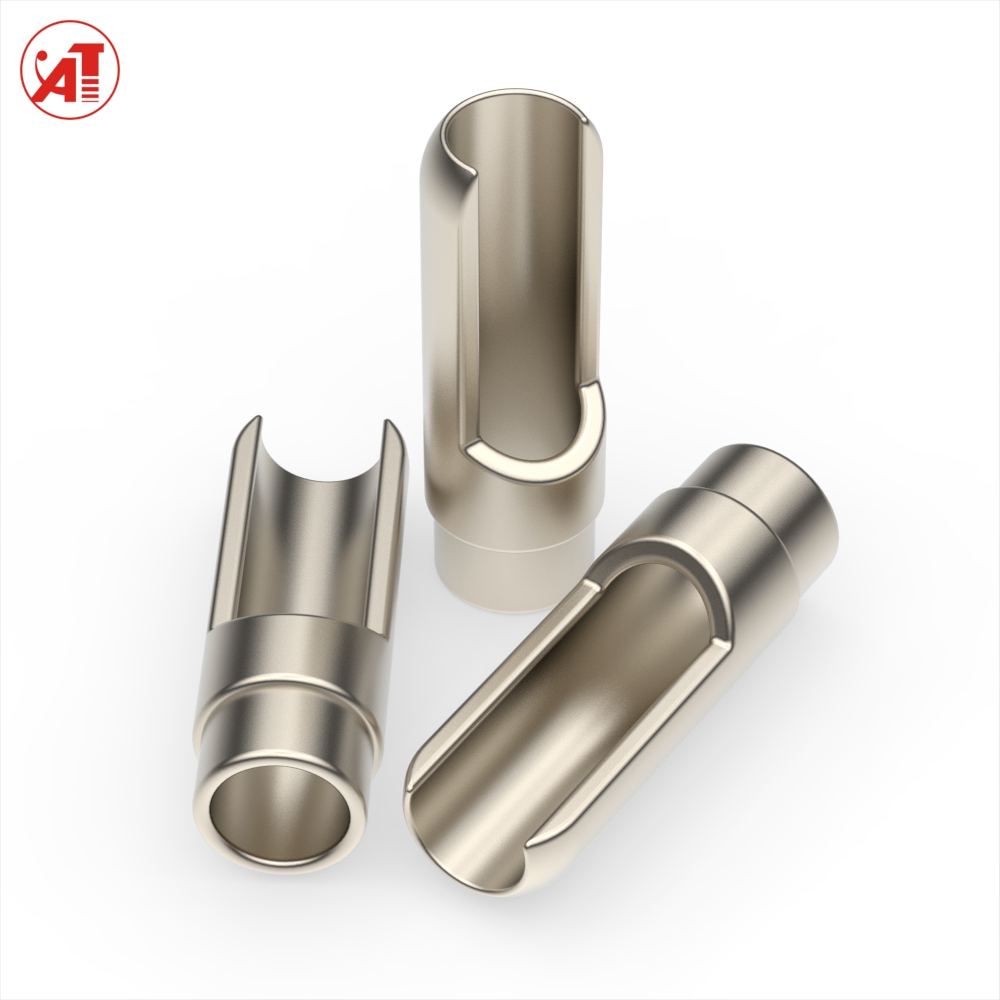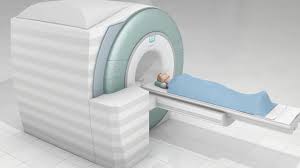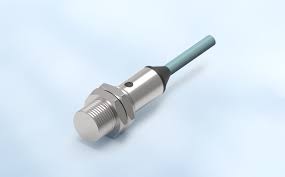-
 manufacturer china wholesale neodymium disc magnet iron dust core magnets 4 less soft magnet
manufacturer china wholesale neodymium disc magnet iron dust core magnets 4 less soft magnetSegment/Tile/Arc shape neodymium NdFeB magnetNormal Ambient Temperature,
-
 fan shaped magnet high temperature resistance 120c neodymium magnet
fan shaped magnet high temperature resistance 120c neodymium magnetSegment/Tile/Arc shape neodymium NdFeB magnetNormal Ambient Temperature,
-
 hole industrial ndfeb arc magnets for motor crawling wheel ndfeb magnetic wheel for robot
hole industrial ndfeb arc magnets for motor crawling wheel ndfeb magnetic wheel for robotSegment/Tile/Arc shape neodymium NdFeB magnetGrade: N30SH/N33SH/N35SH/N38SH/N40SH/N42SH/N45SH/N48SHUltra High Ambient Temperature,
-
 High-Strength N48H Grade Neodymium Magnet with Black Epoxy Resin Coating
High-Strength N48H Grade Neodymium Magnet with Black Epoxy Resin CoatingThis N48H grade neodymium magnet features a black epoxy resin coating, providing durability and corrosion resistance. With dimensions of 60x15x4mm and a magnetic field oriented in the thickness direction, it’s ideal for securing window screens. The two M4 countersunk holes allow convenient installation on doors, windows, or any desired location. The magnet’s surface field strength reaches 2178 Gauss, ensuring a robust hold with an attractive force of 22.9 lbs (10.4 kg) on metal surfaces.Block/Rectangular/Cuboid shape neodymium NdFeB magnetNormal Ambient Temperature,
-
 Magnetic Clasp Quick-Release Magnetic Fastener for Easy Installation on Window Screens
Magnetic Clasp Quick-Release Magnetic Fastener for Easy Installation on Window ScreensEffortless Installation: The magnetic clasp allows you to attach and detach your window screen effortlessly. No need for screws or nails—simply align the magnets and secure the net in place. Convenient Cleaning: When it’s time to clean your window or replace the net, the quick-release design makes it a breeze. Remove the magnetic clasp, clean the window, and reattach without any hassle. Secure Hold: The strong magnetic force ensures that the net stays firmly in place, keeping pesky insects out while allowing fresh air to flow through. Minimal Obstruction: The sleek, compact design doesn’t interfere with window operation. Enjoy bug-free ventilation without compromising functionality.Block/Rectangular/Cuboid shape neodymium NdFeB magnetNormal Ambient Temperature,
-
 Bevel Tile Magnet N42SH High Temperature Resistance 180C Electroplating Nickel Effectively Reduce Magnetic Field Gaps Interference
Bevel Tile Magnet N42SH High Temperature Resistance 180C Electroplating Nickel Effectively Reduce Magnetic Field Gaps InterferenceSegment/Tile/Arc shape neodymium NdFeB magnetUltra High Ambient Temperature,
-
 Sintered SmCo Magnet YX24 Samarium Cobalt Ring Magnet High Temperature Resistance SmCo 350c Small Magnet
Sintered SmCo Magnet YX24 Samarium Cobalt Ring Magnet High Temperature Resistance SmCo 350c Small MagnetRing/Hoop/Circle/Round shape Samarium Cobalt SmCo magnetNormal Ambient Temperature,
-
 Sintered SmCo Magnet High Temperature Resistance SmCo 350C 600c Small Magnet
Sintered SmCo Magnet High Temperature Resistance SmCo 350C 600c Small MagnetCylinder/Disc/Round/Washer shape neodymium SmCo magnetAmbient Temperature,
-
11-27Neodymium NdFeB Magnets - Applications in Surgical Instruments
-
11-27Neodymium Iron Boron Magnets - Applications in Magnetic Encoder Industry
-
11-25Neodymium Iron Boron Magnets - Magnetic Field Direction
-
11-16Sintered NdFeB
-
11-15Magnetic performance and physical property of Sintered of AlNiCo
-
11-08Magnetic performance and physical property of SmCo
-
11-08Features of AlNiCo








